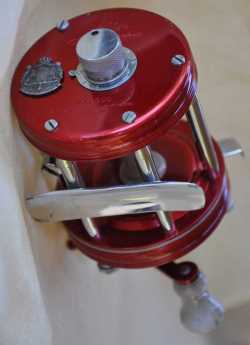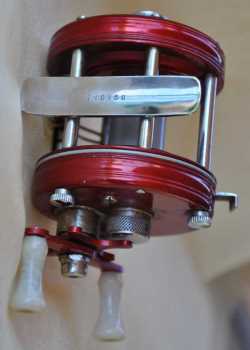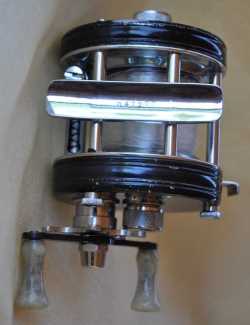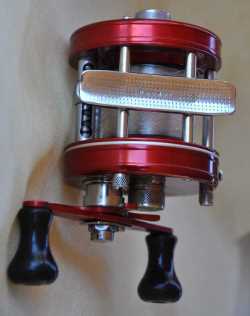Dating ABU Reels
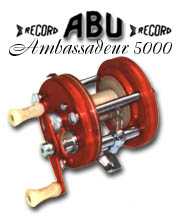

|
Numbering on ABU reels is a most challenging topic. it is not fully understood and as soon as a rule is applied, it is sure to be over-ruled with an exception.
To help us understand this topic, I will try to summarize here, as simply as possible what i have observed on my own reels over 40+ years, discussed with knowledgable collectors and read in books produced by the top writers of collecting ABU reels.
The two writers I would recommend to you are Daniel Skupien (1) and Simon Shimomura (2)and I would whole-heartedly commend you buy their beautiful, most informative books. I have all 3 in my armoury of useful reading material about ABU.
Briefly I have noticed many changes in the numbering systems from my earliest Records, where often no numbers were engraved at all, through to the current reels. Of most interest to me is the period from the 50's to the 80's. I guess the Borgrstom family had no concept at all of how significant ABU would become over the next 5 decades and little thought was given to inventory control, numbering models etc as they concentration was on just making the best!
Starting with the Ambassadeurs, notably the Record Ambassadeur 5000, they did not have any numbering system employed at all.
I am informed that the serializing process did not begin until the Record name from the Ambassadeurs whence they were named ABU Ambassadeur only.
So then, both the Record Ambassadeur 5000 and 6000 (wide spool version) released just a year or so later, had numberless smooth reel seats.
When ABU did start numbering, it was a serialized form. the first to appear was the famous ABU Ambassadeur 5000 which has a number like 118158 which simply meant it was the 118thousand and 158th reel in the series. Numbers would soon run out, due to world wide popularity.
Around this era , two other Ambassadeur 5000 reels , namely the B (still red, but with Clicker) and C (black with ball bearings rather than bushes) models were serialized also but were considered different to the standard red Ambassadeur 5000.
This initial numbering process ended in 1963 and 1964 saw the start of a new regime, for all reels except for the Ambassadeur 5000 A B and C models, which continued to employ the previous method of serializing until 1971. I am unsure why, but suspect it may have had to do with these models staying on the original production line/stamping process, while new equipment may have been employed for the newer production reels??
So then , now if one was to observe the reel-foot numbered say 090400 , one could infer it was made in September, 1964 and it was the first production run before any minor changes were made. After the sixties ended, the format became 097000 which meant September, 1970 , first production run of the model without changes. 01 on the end of a number a following design production revision.
There were then more changes to the numbering process, from mid 1971. It was fairly simple and just moth and year were reversed so the year of production were the first two numbers in the indentification string eg 730900 meaning produced in 1973, September , first run.
All this said we can find MANY variations to the rules! It is a start. I'm sure a whole book could be written on the topic an who knows, maybe one will be forthcoming one day. The difficulty is that many written record of methods used just do not exist.
Fred Ribb, a very serious and knowledgeable ABU Collector, put it very succinctly as....
#097000 was made in September 1970. Your lot number is the second type ABU used. There were three total used in the classic years.
Second type: MMYYXX....month, actual year, revision. 1970~mid to late 72.
Third type:
YYMMXX....year, month, revision. Late 1972 into the 1980s. (most
common type).
